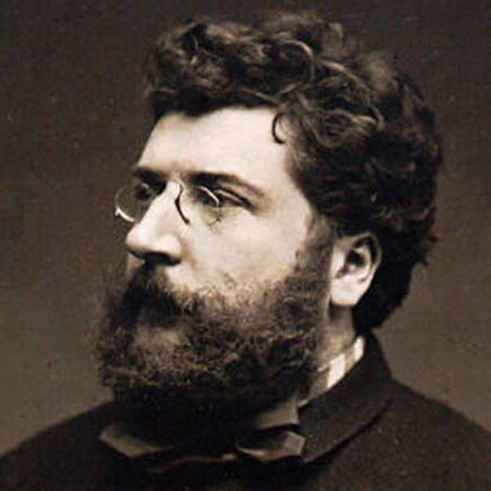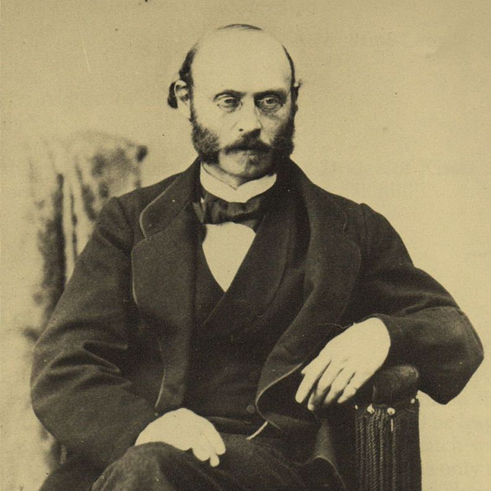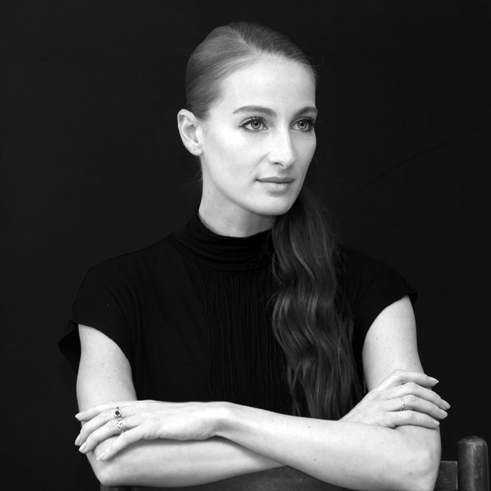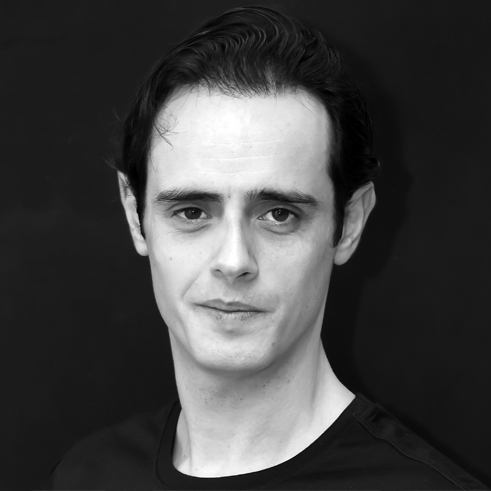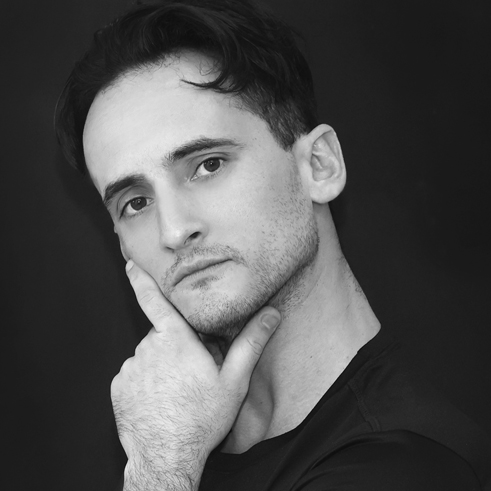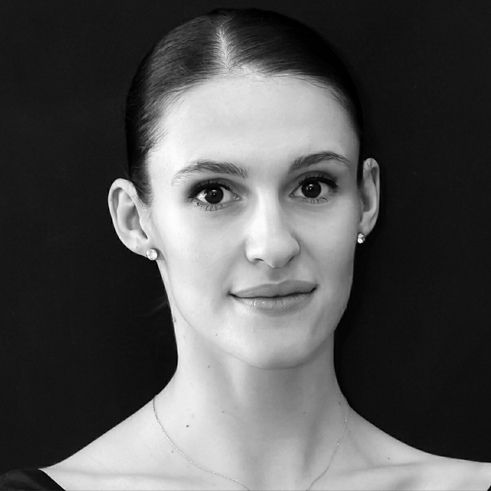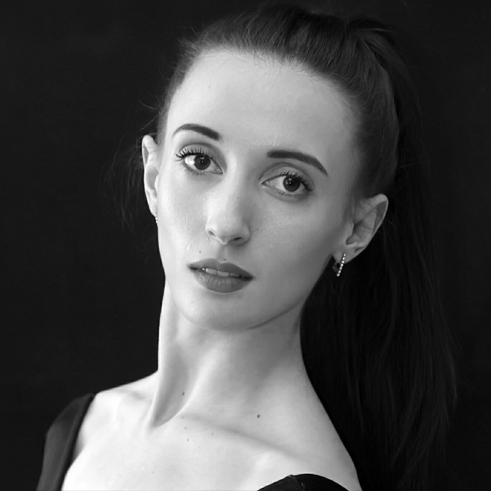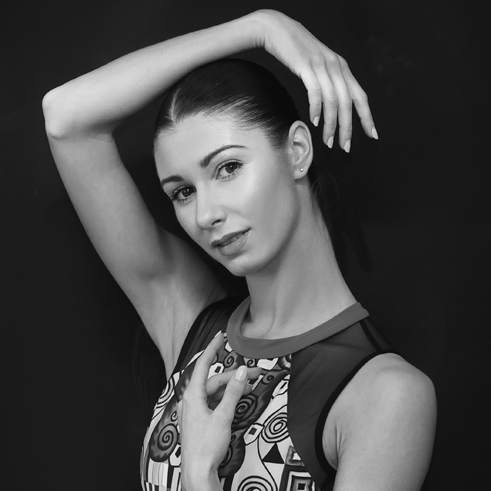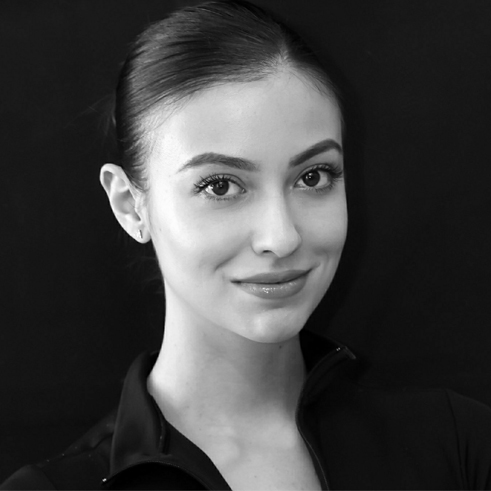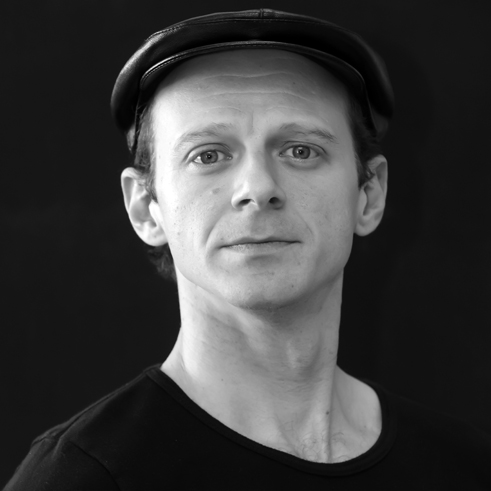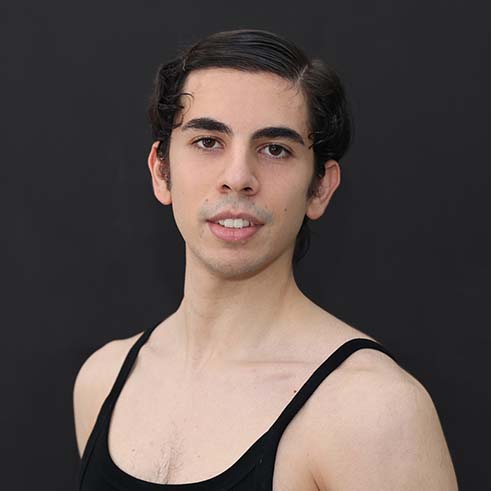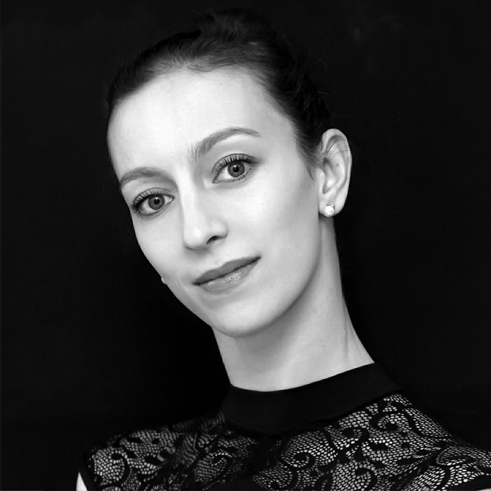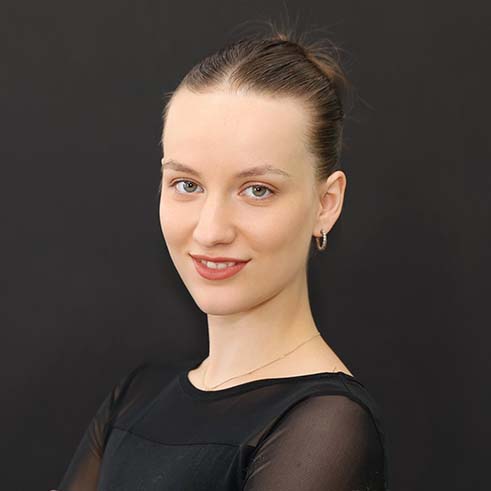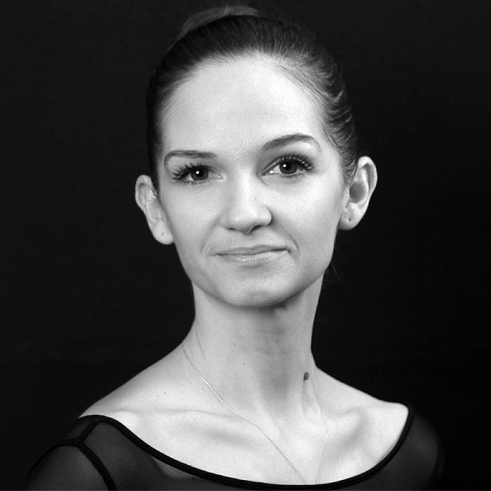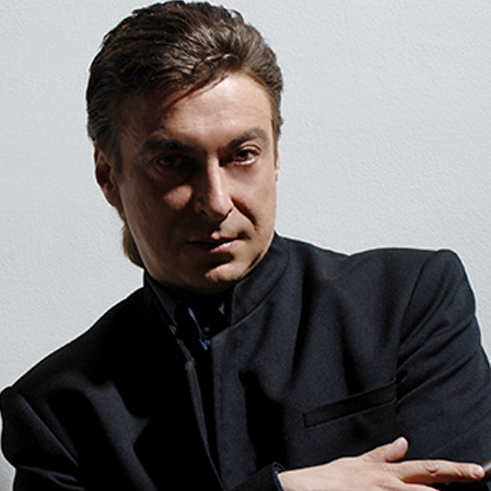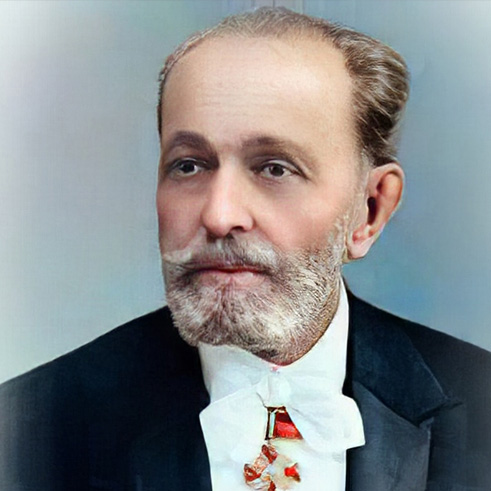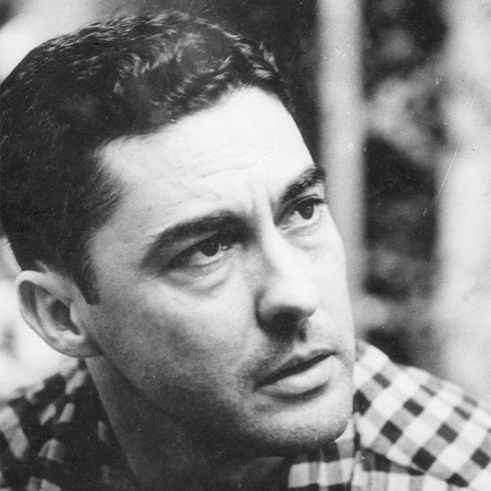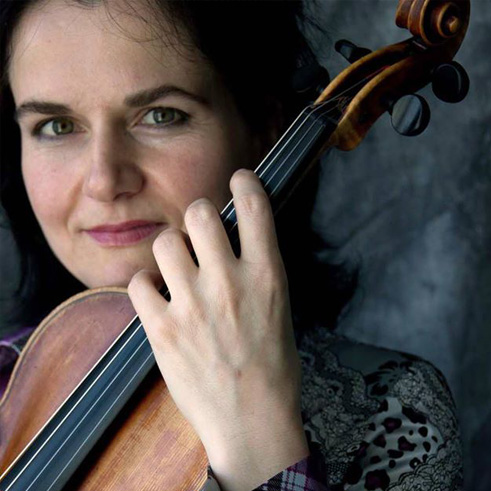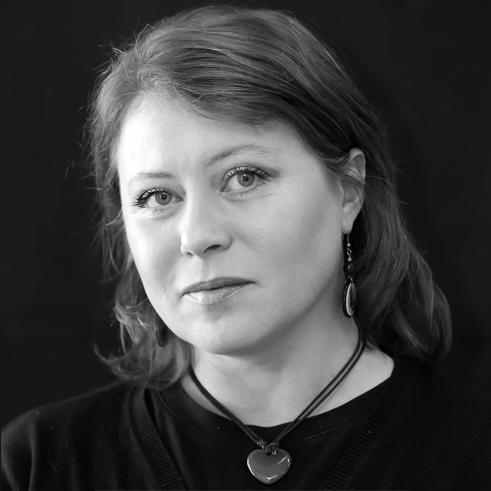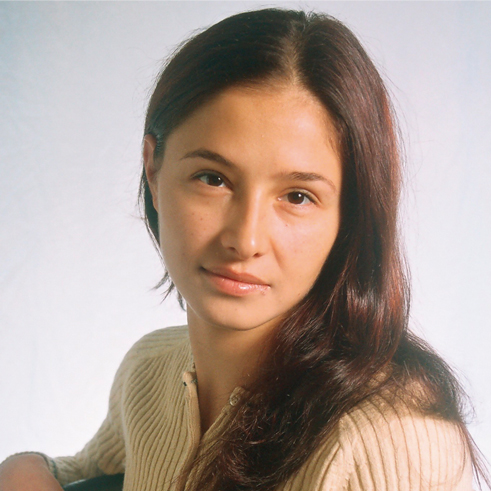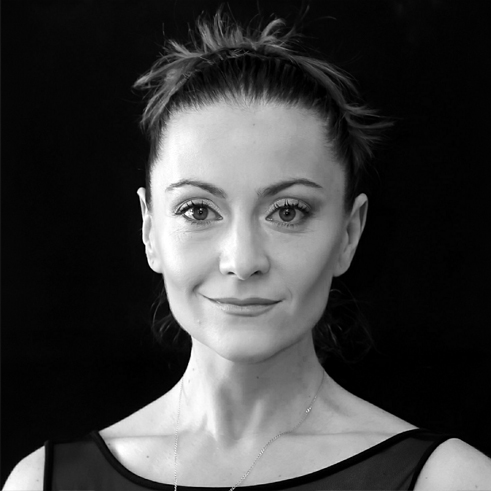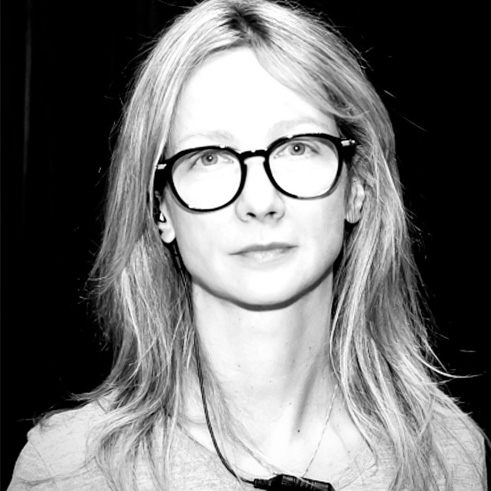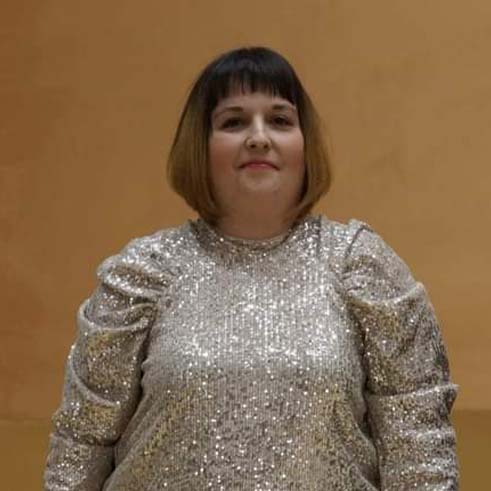CARMEN SUITE, PAQUITA
Music by Bizet - Shchedrin and Ludwig Minkus
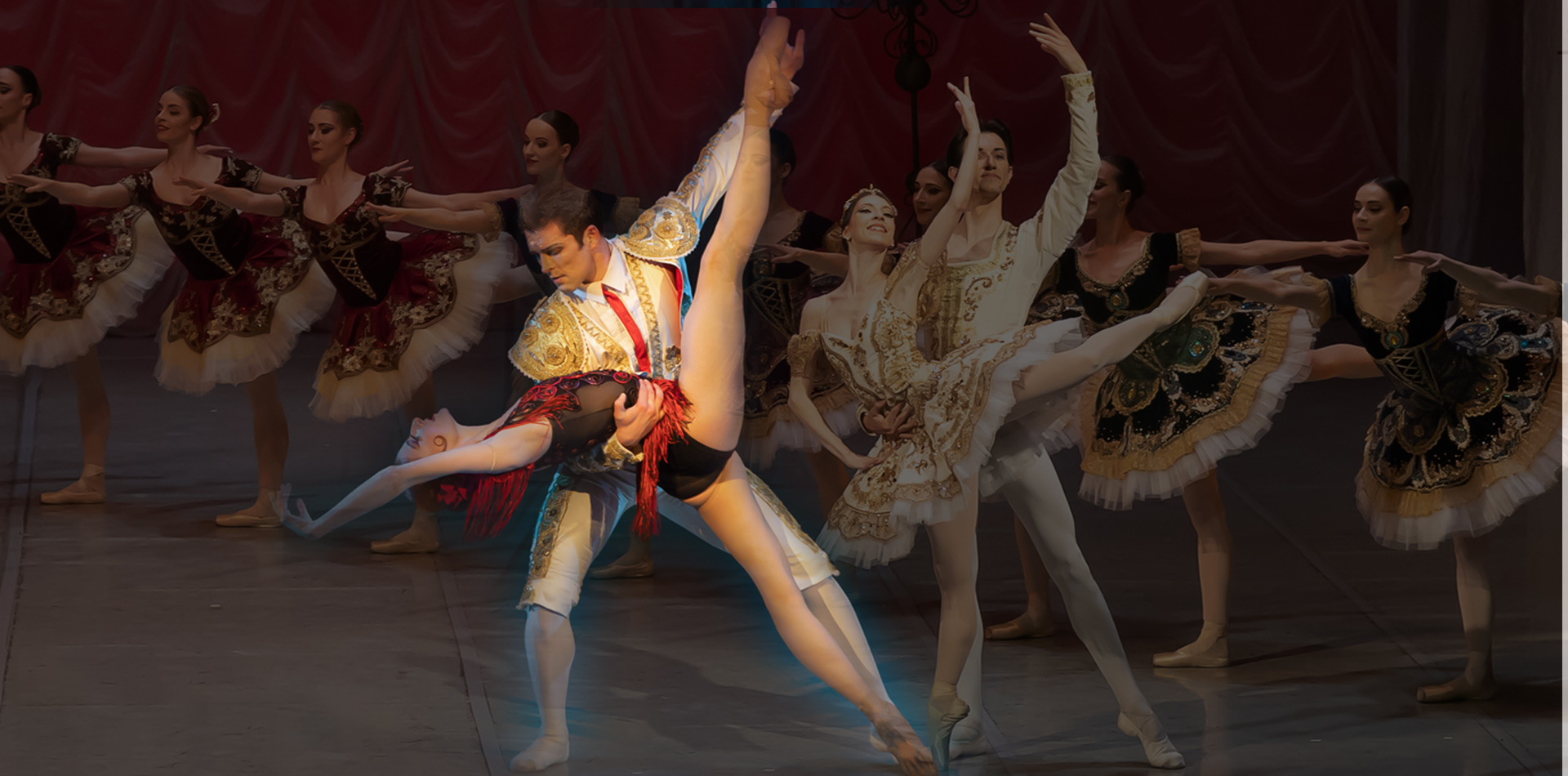
Preview
CARMEN-SUITE
The ballet of the Sofia Opera presents the famous work “Carmen-Suite”, written by the composer Rodion Schedrin – a marvellous interpretation of Georges Bizet’s music of genius.
The ballet “Carmen-Suite” was created specially for the great Russian ballerina Maya Plisetskaya, choreographer and stage director is Alberto Alonso, and its premiere was at the Bolshoi Theatre in April 1967. More than forty years ago, this spectacle was shown also on the Sofia stage, at the guest-performance of the National Ballet of Cuba. In the role of Carmen incorporated herself another great ballerina – Alicia Alonso.
What is the story of this ballet work?
One evening the National Ballet of Cuba was on a guest-performance in Moscow. When she saw the performance of “El salar” by Alberto Alonso, Maya Plisetskaya understood right away that this was the choreographer, able to stage “Carmen” in a different, untraditional way, escaping from the mawkish pseudo Spanish style of the ballet classic.
She found herself behind the curtain, eager to meet the Maestro. She saw Alberto and turned directly to him with the words: “Would you like to make “Carmen”? For me.” He exclaimed: “How did you read my thoughts? This is my dream!” About Maya Plisetskaya Alberto Alonso said that she was the 100 percent Carmen – a real personification of rebelliousness and irreconcilability. Maya Plisetskaya herself in not one or two interviews shared that for her it was the role of her life; something more – in it she input a political message: the character is a symbol of the free personality, leading a fatal fight with the authorities of that time. Not less difficult than the fight with the Soviet culture bearers was the search of music. After the refusal by Shostakovich and Khachaturian, the composer Rodion Schedrin (Maya Plisetskaya‘с husband) created the orchestration, inspired by the rehearsals.
This way Mérimée‘s moving plot and the depth of feelings in Bizet’s opera acquired a philosophical touch in the ballet-suite. “Carmen” is an amazing quintessence of passionate emotions and strong characters, expressed through the content of the short novel and the music by the composers.
PAQUITA
The spectacle is performed with variations on Ludwig Minkus’s music and Marius Petipa’s choreography.
First staging by J. Mazilier at Grande Opéra. Georges Ellie, Paris, 1846.
Premiere
The premiere of the 2-act spectacle took place on 1 April 1846 in Paris in the Grande Opéra theatre; ballet master J. Mazilier, set designers R. Filastre, Ch. Cambon, P. Lieterl, Т.G. Sechan, Е. Deplechen.
Lucien Petipa; in the role of Inigo – Pirson.
At the Paris Opera the ballet was triumphing till 1851, while there was working the performer of the title part Carlotta Grisi (after that she departed to her husband the ballet master Jules Perrot in Russia, where she received a two-seasons contract and where among the performed parts was also Paquita).
Further productions
Vadim Budarin, Nina Soldun, Ina Korneyeva – “Pas-de-trois” from “Paquita”, the Ballet of the Mariinsky Theatre in the 1950-s or the 1960-s
Since then the ballet was repeatedly revived on the stages of different musical theatres.
Several productions were created by Rudolf Nureyev. In 1964 he produced this ballet for the English Royal Dance Academy, then in 1970 – for the Italian theatre “La scala”, in 1971 Nureyev transferred his version in two theatres: the Vienna State Opera and in the company of the American Ballet Theatre in New York.
In the Soviet period in the USSR the ballet was staged by the ballet masters K.F. Boyarsky (1957), P.A. Gusev (1972), N.A. Dolgushin (1974), O.M. Vinogradov (1978), T.N. Legat (1987, Stanislavsky and Nemirovich-Danchenko Moscow Music Theatre), etc.
Destiny of Marius Petipa’s choreography
The ballet version in Marius Petipa’s staging didn’t fail. It was preserved by N.G. Sergeyev, who wrote down in the beginning of the ХХth century the ballet repertoire of the Petersburg’s Imperial Company with the system of choreographic recording of his pedagogue V.I. Stepanov. Departing in emigration, N.G. Sergeyev carried away with him all his notes and used them many times by his own, producing ballet spectacles on different stages, where life drew him. In 1922-1924 N.G. Sergeyev was ballet master of the Riga Music Theatre and produced there according to his notes several spectacles, including “Paquita”. Today his collection is stored in the USA, in the library of the Harvard University, and it is accessible for all ballet artists.
In 2000, after these notes Marius Petipa’s redaction was restored by Pierre Lacotte for the Paris Grande Opéra. This way the ballet came back, not in its initial appearance, but in the redaction of Marius Petipa – on the stage, on which started its history.
